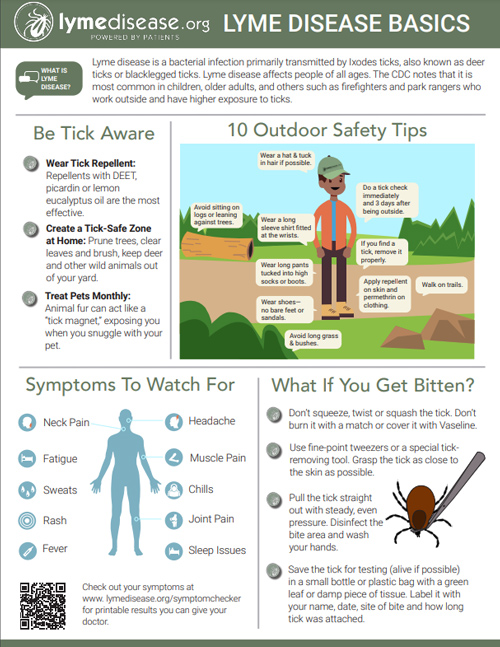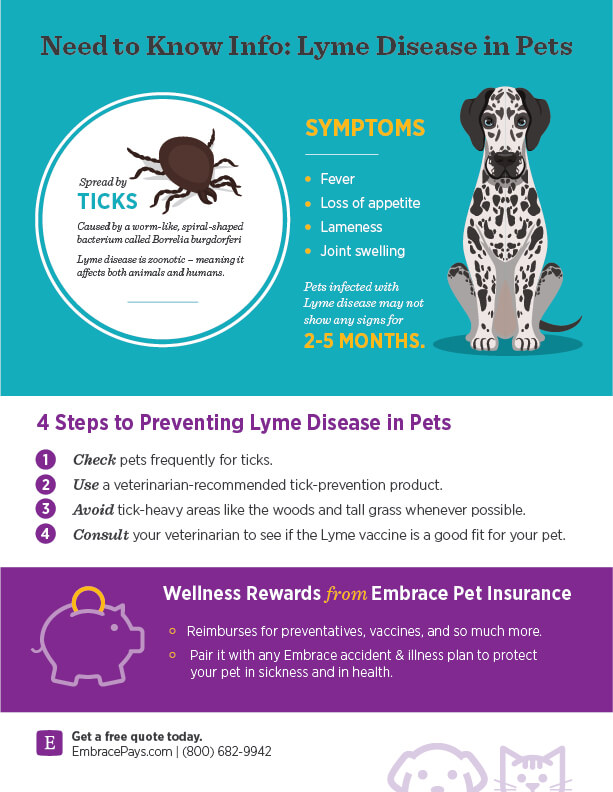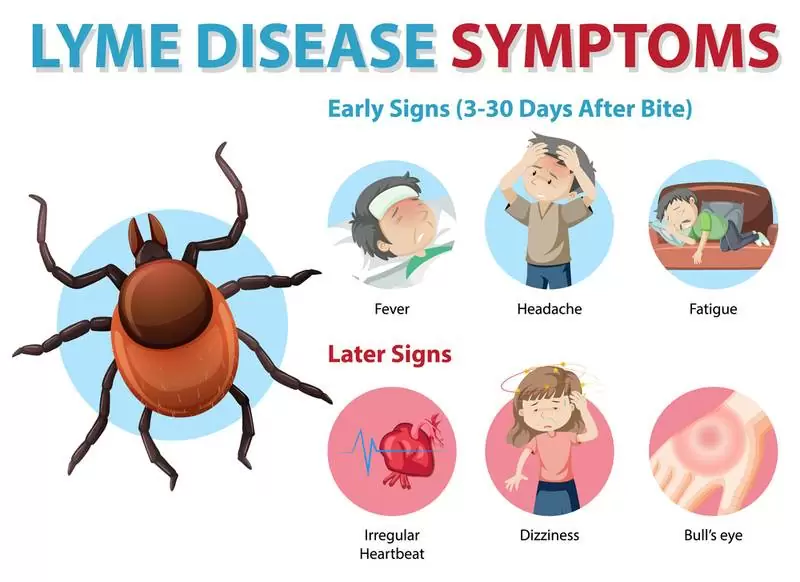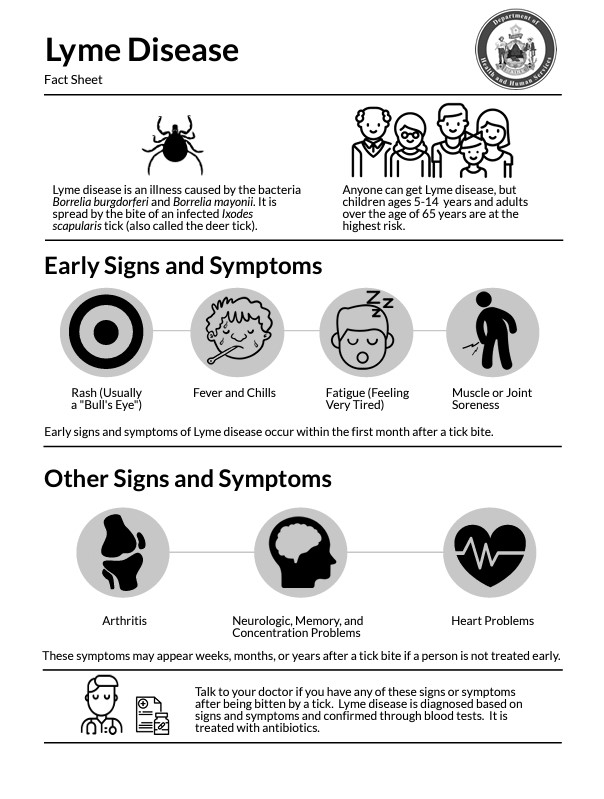Discover how you can beat Lyme Disease using just 5 simple steps – your journey to health starts now!
Table of Contents
- Introduction: Understanding Lyme Disease
- The Ticks Behind Lyme Disease
- Step 1: Lyme Prevention
- Step 2: Use Tick Repellents
- Step 3: Daily Tick Checks
- Step 4: Remove Ticks Safely
- Step 5: Get Help If You’re Unwell
- Dealing With Chronic Lyme
- Keep Learning and Staying Safe
- Conclusion: Recapping the 5 Steps
- FAQs
Introduction: Understanding Lyme Disease
Have you ever heard of Lyme disease? It’s essential to know about this illness because it can affect anyone, including kids like you. Let’s delve into what Lyme disease is and why understanding it is crucial.
What Is Lyme Disease?
Lyme disease is an infection caused by a bacterium that you can get from the bite of a tiny tick. These insects are so small that you might not even notice them on your skin. Unfortunately, when ticks bite and pass on the bacteria, it can make you sick.
Recognizing Lyme Symptoms
One way to identify Lyme disease is by looking out for symptoms like a red rash that looks like a bullseye, tiredness, or even a fever. If you ever notice any of these signs, it’s vital to tell an adult right away so they can help you get better.
The Ticks Behind Lyme Disease
In order to understand how to prevent Lyme disease, it’s important to know about the small insects that cause it – ticks. These tiny creatures can transmit Lyme disease to humans through their bites.
What Are Ticks?
Ticks are like little spider-like bugs that live in grassy and wooded areas. They love to latch onto animals and people to feed on their blood. Think of them as nature’s vampires! These ticks can also carry harmful germs like the one that causes Lyme disease.
How Do Tick Bites Happen?
When you’re playing outside in grassy or wooded areas, ticks may latch onto your skin without you even noticing. They crawl around until they find a good spot to start feeding, usually in warm and moist areas like your armpits or behind your knees. Once they’re done, they drop off. And that’s when they can pass on the bacteria that causes Lyme disease.
Step 1: Lyme Prevention
One essential step in staying healthy is preventing Lyme disease. This means taking measures to avoid being bitten by ticks, the tiny bugs that can spread this illness. Here’s how you can protect yourself:

Image courtesy of www.lymedisease.org via Google Images
Avoid Tick Hangouts
Ticks like to hang out in tall grass and wooded areas, so it’s best to stay away from these spots. When you’re playing outside, try to stick to the center of hiking trails or open fields where ticks are less likely to be found.
Dress Smart Outdoors
When you know you’ll be spending time in areas where ticks could be hiding, such as the woods or tall grass, make sure to wear long sleeves and pants. This extra clothing can cover your skin and make it harder for ticks to bite you. It’s like wearing a shield against those pesky bugs!
Step 2: Use Tick Repellents
When it comes to staying safe from tick bites and preventing Lyme disease, using tick repellents is an essential step. These bug sprays help to keep ticks away from you while you’re enjoying the great outdoors. Let’s learn more about how to use them effectively and safely.
Choosing the Right Tick Repellent
Tick repellents come in spray form and can be applied to your skin and clothing. Look for repellents that contain DEET, picaridin, or oil of lemon eucalyptus, as these are effective at keeping ticks at bay. Make sure to read the instructions carefully before applying the repellent.
Applying Tick Repellent Safely
Before heading outside, ask an adult to help you apply the tick repellent. Be sure to cover exposed skin and clothing evenly to ensure full protection. Remember to avoid spraying repellent on your face or near your eyes. If you want to apply the repellent to your face, spray it on your hands first, then carefully rub it on.
Step 3: Daily Tick Checks
After spending time outdoors, whether playing in the backyard or hiking in the woods, it’s essential to check your body for ticks. Ticks are sneaky little bugs that can hide in hard-to-spot places, so a daily tick check is crucial to staying safe from Lyme disease.

Image courtesy of www.embracepetinsurance.com via Google Images
How to Check for Ticks
Checking for ticks may sound tricky, but it’s actually quite simple. Here’s how to do it:
1. **After coming indoors**, strip down to your underwear and stand in a well-lit area. Ticks are tiny and can be hard to see, so make sure you have good lighting.
2. **Look closely** at every part of your body, especially in warm areas like armpits, behind the knees, in the groin, and around the ears and hairline.
3. **Use a mirror** to check your back and any other areas that are hard to see. You can ask an adult to help you with this part.
4. **Run your fingers** through your hair and along your body, feeling for any small bumps or unusual textures.
5. **If you find a tick**, don’t panic. Stay calm and ask an adult for help. It’s essential to remove the tick correctly to prevent any infection.
Remember, catching a tick early and removing it promptly can help prevent Lyme disease. So, make daily tick checks part of your routine to stay safe and healthy!
Step 4: Remove Ticks Safely
So you’ve done your daily tick check and found a tick on your body. Don’t panic! Here’s how you can safely and effectively remove it. First things first, you’ll need a pair of fine-tipped tweezers. These are important because they allow you to grab the tick as close to your skin as possible without squeezing it.
Once you have your tweezers, follow these simple steps to remove the tick:
- Using the tweezers, grasp the tick as close to your skin as you can.
- Slowly and steadily pull the tick straight out, without twisting or jerking it.
- After removing the tick, clean the area with soap and water or rubbing alcohol.
- Dispose of the tick by flushing it down the toilet or placing it in a sealed bag or container.
Remember, it’s essential to remove the entire tick, including its head, to reduce the risk of infection. If you’re unsure about how to remove the tick or if any part remains in your skin, don’t hesitate to ask an adult for help.
Step 5: Get Help If You’re Unwell
If you start feeling sick after a tick bite, it’s essential to let an adult know right away. Some signs that you should see a doctor include having a high fever, feeling very tired, or if you develop a rash that spreads. These could be symptoms of Lyme disease, so it’s important to get checked by a doctor if you notice any of these.

Image courtesy of www.pacificprime.com via Google Images
Treatment With Antibiotics
If the doctor thinks you have Lyme disease, they might prescribe medicine called antibiotics to help your body fight off the infection. Antibiotics are like the body’s little helpers, working to get rid of the bacteria that causes Lyme disease. Remember to take the medication exactly as the doctor tells you, even if you start feeling better before you finish all the pills.
| Step | Description |
|---|---|
| 1 | Start with a proper diagnosis from a healthcare professional. |
| 2 | Follow your doctor’s treatment plan, which may include antibiotics. |
| 3 | Adopt a healthy lifestyle by eating nutritious foods and exercising regularly. |
| 4 | Reduce stress through relaxation techniques like meditation or yoga. |
| 5 | Stay informed about Lyme disease and seek support from others who have been affected. |
Dealing With Chronic Lyme
Chronic Lyme can be a tough challenge for those who have been affected by Lyme disease for a long time. Being diagnosed with chronic Lyme means experiencing ongoing symptoms and health issues even after receiving treatment for the initial infection. This can be frustrating and exhausting, but it’s essential to understand what ‘chronic’ means in this context.
What Does Chronic Mean?
Chronic is a word used to describe something that persists for a long time or keeps coming back, like a lingering cold that doesn’t seem to go away. In the case of chronic Lyme, it means that the symptoms of the disease can last for months or even years, affecting your daily life and well-being. It’s important to remember that dealing with chronic Lyme requires patience and the right support from healthcare providers.
Keep Learning and Staying Safe
Learning about Lyme disease and how to prevent it is crucial for staying healthy and safe. Keep educating yourself on the topic and continue practicing the steps you’ve learned to protect yourself from tick bites.

Image courtesy of www.maine.gov via Google Images
Stay Informed About Lyme Disease
Read more about Lyme disease, ask questions, and stay curious. The more you know, the better equipped you’ll be to keep yourself safe. Remember, knowledge is power!
Practice Prevention Every Day
Make tick prevention a habit. Whether you’re playing outdoors, hiking, or simply enjoying nature, always remember to take the necessary precautions to avoid tick bites. Consistency is key in staying protected.
Share Your Knowledge
Spread the word about Lyme disease prevention to your friends and family. By sharing what you’ve learned, you can help others stay safe too. It’s important to look out for one another and make sure everyone knows how to stay protected.
Conclusion: Recapping the 5 Steps
In this article, we’ve covered five crucial steps to help you beat Lyme disease and stay safe from tick bites. Let’s recap each step to ensure you remember how to protect yourself.
Lyme Prevention
The first step is prevention. By avoiding tick hangouts like tall grass and wearing protective clothing outdoors, you can reduce your chances of getting bitten by these tiny insects.
Use Tick Repellents
Next, using tick repellents is essential. Bug sprays can keep ticks away, so make sure to apply them properly and stay protected.
Daily Tick Checks
Checking your body for ticks daily, especially after spending time outside, is crucial. Remember to examine yourself thoroughly to catch any ticks before they can harm you.
Remove Ticks Safely
If you find a tick attached to your skin, it’s important to remove it safely. Use tick removal tools like fine-tipped tweezers to carefully extract the tick without leaving any parts behind.
Get Help If You’re Unwell
Lastly, if you start feeling unwell and suspect it may be related to a tick bite, don’t hesitate to seek medical help. Remember, doctors can prescribe antibiotics to treat Lyme disease, so early detection is key.
By following these five steps diligently, you can minimize the risk of Lyme disease and enjoy a safe, tick-free outdoor experience. Stay informed, stay protected, and stay healthy!
FAQs
What if a tick bite doesn’t look like a bullseye?
If a tick bite doesn’t have a classic bullseye rash, it doesn’t mean it’s not from a tick. Not all tick bites look the same! Even if there’s no bullseye, it’s still super important to tell an adult about the bite. This way, they can help keep an eye on it and know what steps to take to keep you safe.
Can your pet get Lyme disease too?
Yes, pets can get Lyme disease as well. Just like us, they can pick up ticks while outside playing. To help protect them, make sure they have tick prevention treatments, like special collars or medicine from the vet. Also, it’s a good idea to check your fluffy friend for ticks too, just like you check yourself!





